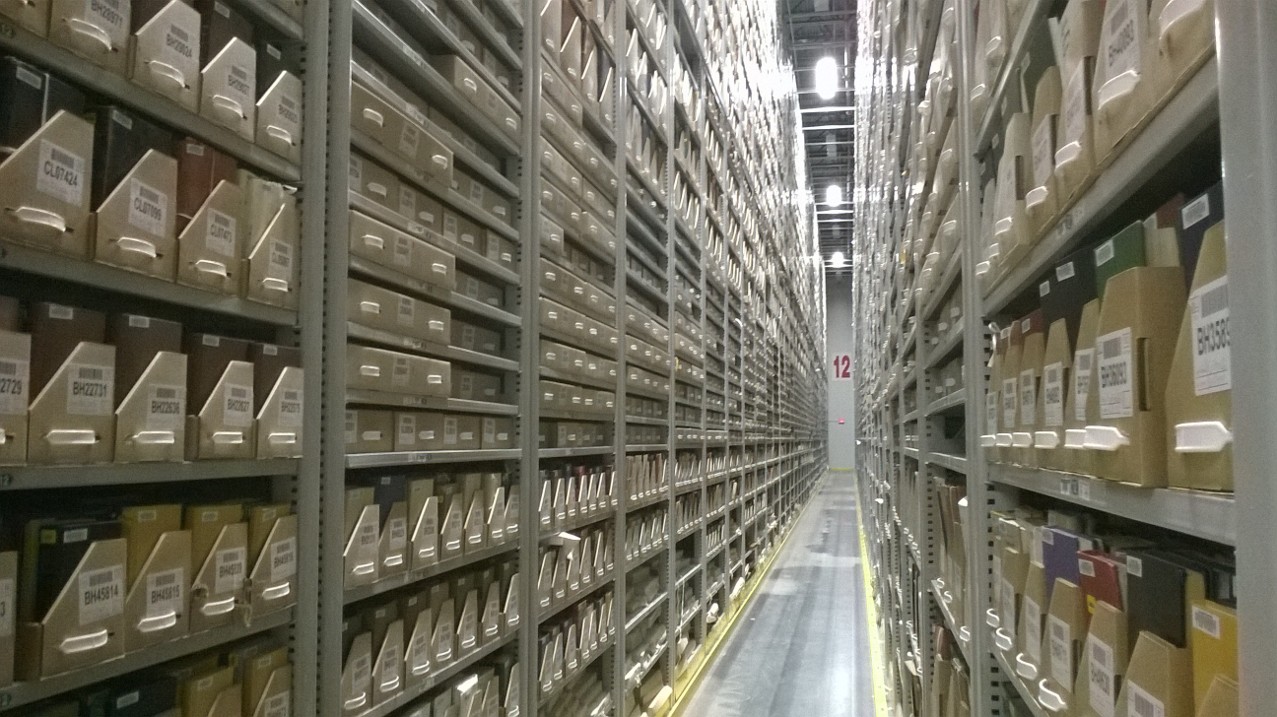On September 18, 2015, I had the pleasure of spending the day at UCLA Library talking about the work we’re engaged in around cooperative print preservation and the ways that a shared service layers that can provide better access to research collections.
I want to thank Sharon Farb and Dawn Aveline, particularly, for putting this event together. It was a real pleasure to work with the team at UCLA Library, and I was very glad that we had librarians from SCELC involved, as well.
The handout from my talk is here, and alludes to the main themes: UCLA Library Handout (94 KB; PDF). I don’t have a full transcript of this talk, yet, but some of the key ideas are captured in a short piece I wrote on “Curatorial Libraries,” posted on Medium for comment, and archived on this site.
Throughout the day, we referred to a number of resources, listed here:
- Shannon Mattern: Middlewhere: Landscapes of Library Logistics
- OCLC: Understanding the Collective Collection: Towards a System-wide Perspective on Library Print Collections
- Ithaka S+R: Books without Boundaries and their series on Scholarly Practices, particularly.
Finally, let me say a word of thanks to the librarians at Princeton and Harvard, who invited me to give earlier versions of this particular talk, and acknowledge all of my colleagues across the ReCAP partnership, whose many years of work on cooperative services is the real proof of the benefits that come from cooperative library services.
